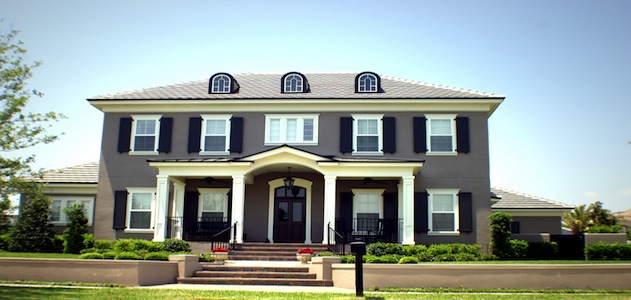The double whammy over the past few days of flat existing home sales and a disastrous drop in new home sales appears to have dimmed many analysts’ views of the housing market recovery.
I’ve been saying for months that I thought home sales in 2014 would be flat compared to 2013. It appears that I may have been too optimistic. I just don’t see the kind of demand that some of the forecasters have been calling for. Here are some of the basic issues:
1. There’s very little inventory at the low end of the market.
…And virtually no new home inventory at the low end, as home builders have opted to build fewer, but more expensive, homes. Overall new home inventory is still near a 40-year low, and distressed inventory continues to shrink as default and foreclosure activity slow down.
2. First time homebuyers are staying out of the market.
In distressingly high numbers, first-time homebuyers are staying sidelined. Household formation is slower than expected, and a higher-than-usual number of new households are opting to rent rather than buy. So the pool of buyers – especially first-time homebuyers – is smaller than it should be given the size of our population. Millions of current homeowners are still underwater on their loans, and can’t sell (which means they also can’t buy their next home); millions more don’t have enough equity to use as the downpayment for their next home. So even if more inventory was available, it’s far from certain that buyers would materialize.
3. Mortgages are still very difficult to get.
Even though we’re starting to see a little movement towards relaxing FICO standards – credit scores are still high from an historical perspective. The GSE reforms being discussed today would probably – ironically – tighten credit further and make loans more expensive. Neither of these would remedy the current problem.
4. Finally, affordability is an issue.
Prices have gone up significantly since last year – especially in the new home market – and interest rates are also higher than they were a year ago. Wages – particularly for the middle class – simply have not kept pace. This problem is especially acute in the markets that have had the highest levels of home price appreciation over the past few years – California affordability levels, for example are below 50%.
So is the housing recovery over?
Hyperbole aside, probably not. This feels like a relatively normal market correction. Prices rose rapidly, and have stayed high due to limited inventory, causing affordability issues for potential homebuyers. This has created a bit of a lull in terms of sales volume, but prices continue to go up, albeit more slowly. That, in turn, will create more positive equity, and eventually result in more homes – existing and new – on the market, which will cause prices to soften, hopefully in tandem with somewhat more lenient lending practices.
But for those expecting the Spring thaw to result in a fast-blooming housing market, March offered a stark reminder that it wasn’t just Winter snows cooling off the housing market.






